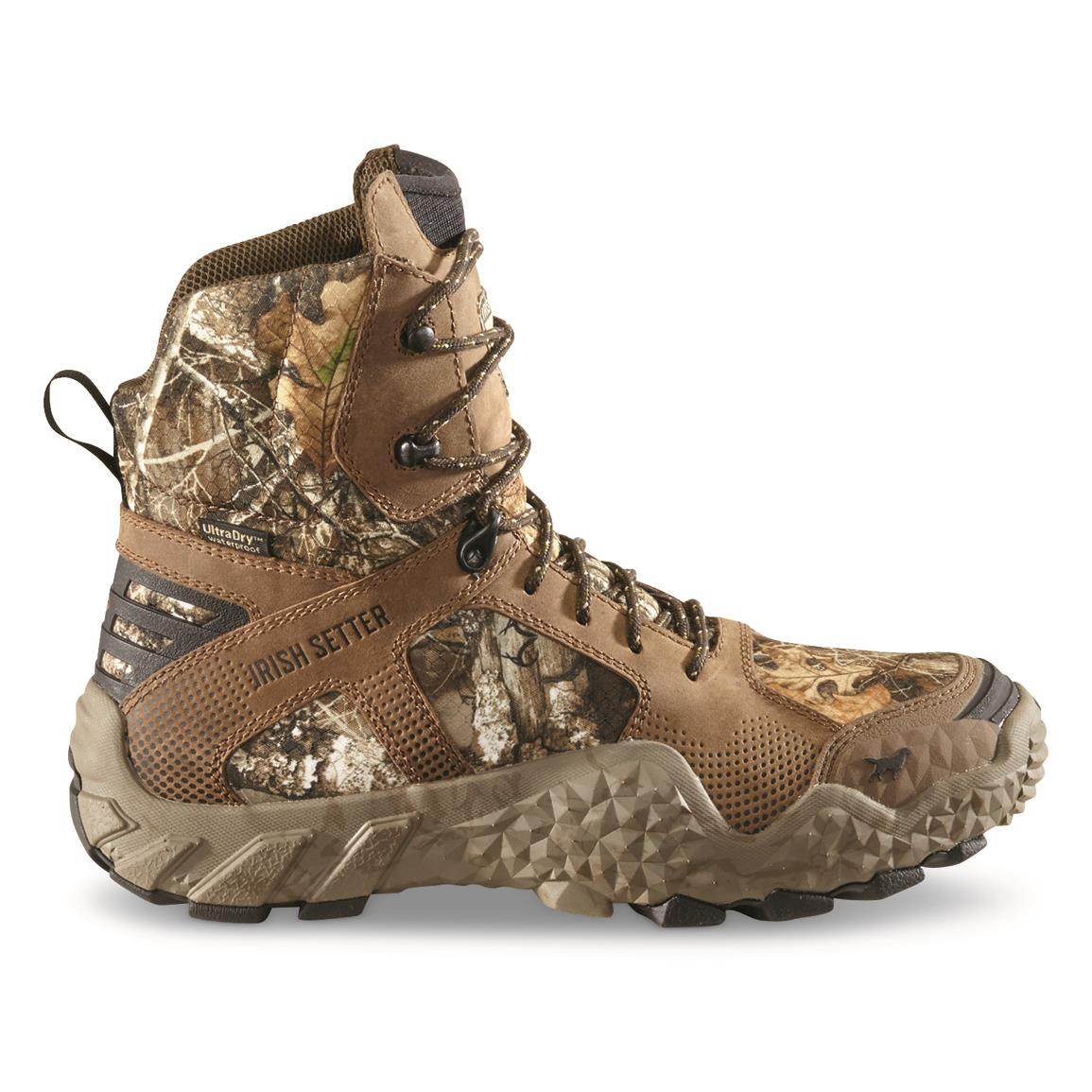Step Up Your Hiking Game: A Guide to Choosing the Perfect Boots
Welcome to our guide on selecting the ideal hiking boots to elevate your outdoor adventures. Choosing the right footwear is a crucial aspect of preparing for any hiking expedition, as the comfort and support offered by your boots can make or break the experience. Whether you're a seasoned hiker or just starting out, ensuring your feet are properly equipped is essential for a successful and enjoyable trek. Here, we'll provide valuable insights and tips to help you make an informed decision when it comes to investing in quality hiking boots. So lace up your boots, and let's hit the trail to discover the perfect pair for your next adventure.
Choosing the Right Fit
When selecting the ideal hiking boots, ensuring a proper fit is crucial for your comfort and safety on the trails. Begin by measuring your foot size accurately, taking into account any specific needs or conditions you may have. Make sure to try on multiple pairs and test them with appropriate hiking socks to gauge the true fit. Look for a snug but not tight fit, with ample room for your toes to wiggle and avoid any uncomfortable pressure points. Remember, the right fit can make all the difference in your hiking experience.
Next, consider the terrain and type of hiking you plan to do when choosing the right fit for your hiking boots. For Dwight’s Outdoors , rocky trails, opt for boots with sturdy ankle support and a firm grip on the soles. Lightweight, flexible boots are more suitable for day hikes on well-maintained paths. Keep in mind the climate of the areas you'll be hiking in; waterproof boots are essential for wet conditions, while breathable materials are preferable for hot weather.
It's also essential to walk around in the boots before making a final decision on the fit. Take a stroll around the store or your home to ensure there are no uncomfortable rubbing or chafing spots. Pay attention to how your feet feel in various positions and movements to assess the overall comfort and support of the boots. Remember, a well-fitted pair of hiking boots will enhance your experience on the trails and provide the necessary foundation for a successful outdoor adventure.
Understanding Boot Materials
When it comes to choosing the perfect hiking boots, understanding the materials used is crucial. The most common materials for hiking boots include leather, synthetic fabrics, and waterproof membranes.
Leather hiking boots are known for their durability and ability to mold to the shape of your feet over time. They provide excellent support and protection, making them a popular choice among seasoned hikers.
On the other hand, hiking boots made from synthetic fabrics are lightweight and often more breathable than leather boots. They are great for long hikes in warm conditions where breathability is key. Additionally, synthetic materials are often vegan-friendly for those who prefer animal-free products.
Lastly, boots with waterproof membranes like Gore-Tex are ideal for hiking in wet conditions. These membranes keep your feet dry by preventing water from entering the boots while still allowing moisture to escape, keeping your feet comfortable and blister-free.

Maintenance Tips
Proper care of your hiking boots is essential to ensure their longevity and performance. After each hike, make sure to remove any dirt or debris from the boots. This can be done by gently brushing them with a soft-bristled brush.
Regularly check the waterproofing of your hiking boots to maintain their effectiveness in keeping your feet dry. If you notice any areas where water seems to seep through, it may be time to reapply a waterproofing treatment to ensure they remain watertight.
Lastly, allow your hiking boots to fully air dry after each use. Stuff them with newspaper to help absorb moisture and maintain their shape. Avoid exposing them to direct heat sources, as this can cause damage to the materials.